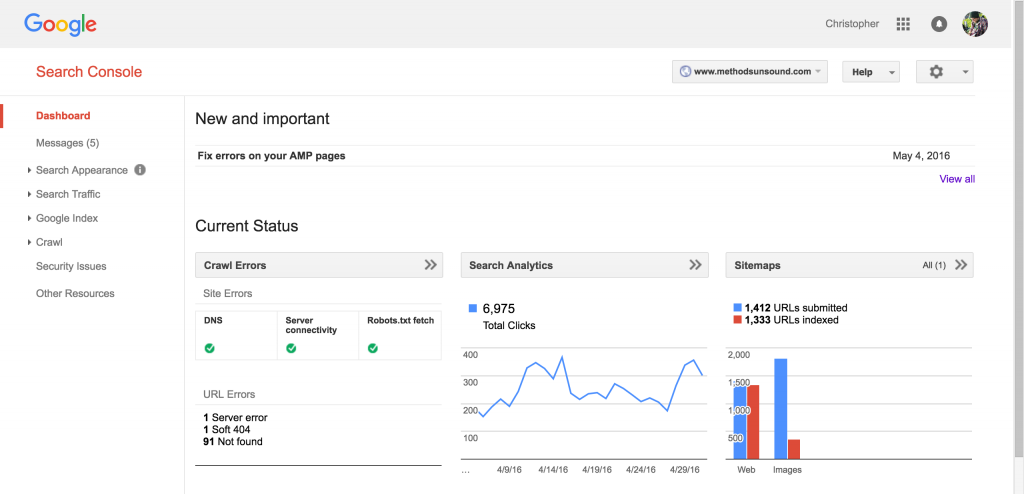Any business faces the issue of ensuring that when customers search for a product or service similar to yours, they find you rather than a competitor. Improving SEO is one of the most prevalent opportunities we encounter for Shopify companies. There's a lot you can do to boost organic traffic that won't cost you anything but your time.
Here's how to do it.
Embedded contents
Your content strategy and your e-commerce marketing plan are one and the same. Your material should promote your store without indiscriminately promoting your Shopify products.
Because informational searches account for 80% of all searches, your content will most likely target informational keywords that focus on the answer to the user's problem rather than your product.
Take the blog of Peak Design as an example. Their blog entries aren't about their bags, which they sell, but about traveling, which is what motivates their customers to buy their items.

Website of Peak Design
HTTPS
The secure form of HTTPS, which stands for Hypertext Transfer Protocol Secure, is the principal protocol used to transport data between a user's browser and a store's server. Financial transactions, communication, and data uploads are all safer when using HTTPS. Google declared in 2014 that installing an SSL 2048-bit key certificate on a website will be a small ranking factor. When two separate search results fight for a position, a Google engineer claimed a year later that HTTPS functions as a tie-breaker.

HTTPS - Affordable and simple e-commerce SEO
Using HTTPS is a low-cost and simple e-commerce SEO strategy for improving your store's performance.
Specific content

Clearly inform the audiences with the contents they need
Three basic themes should be the foundation of any content marketing strategy:
- Creating content that has a clear ending. Instruct your readers on new ways to solve problems they didn't know about. It doesn't matter whether your Shopify product is a part of the answer; the goal is to aid the reader before making a sale.
- Prioritizing quality over quantity You may feel pressured to develop large amounts of material because of your competition, but this is a mistake.
- Instead of writing for algorithms, let’s write for humans. Google is looking for stuff that will not satisfy nor manipulate its algorithm.
Register Google Search Console and Bing Webmaster Tools
Regardless of the platform used to build the website, all website owners who are serious about search engine optimization should register it with Google Search Console and Bing Webmaster Tools.

Register to Google Search Console
By registering your website with these vital services, you are not only informing the two major search engines that it exists and but also guaranteeing that it is crawled.
Review “related searches”
You can also look through the "Related Searches" section at the bottom of the results page. This will show you other inquiries that people commonly search for in relation to this issue that you can use for your Shopify store’s blog. This will frequently include topic suggestions that you can use in your own articles.
For example, these are some of the “Related Searches” that come up for this query:

Example of Related searches on Google
While many of these suggestions are branded and won't work with our content (cloth diapers amazon, cloth diapers Walmart), there are a few that we could use.




